Many parents are ready to go to any length to support their children’s tennis dreams if they catch a glimpse of early talent. But this is neither easy nor cheap.
If Roger Federer wins Wimbledon today, he will not only earn a place in history but also a cheque for nearly 1.4 million dollars to add to his career winnings of 48 million dollars. Little wonder many parents are ready to go to any length to support their children’s tennis dreams if they catch a glimpse of early talent. But this is neither easy nor cheap.
An early bet on a budding pro
Tak... Tak... Tak...
This is an incessant sound at our residence,” says Reena Goveas apologetically. She asks her son, Aryan, to find another place to play. The 11-year-old then goes to the garage and continues playing tennis against the wall.
‘Wall tennis’ is just what Aryan likes to do with his free time. The rest of the time it’s more serious business because he’s training to be a professional tennis player. For three days in a week, he wakes up at 6.30am for a two-hour session with his personal trainer, after which he heads for school. In the evening, he goes to the Dominic Savio complex in Andheri East for fitness training specially tuned for tennis players. On three other days of the week, Aryan goes after school to the Maharashtra State Lawn Tennis Association’s training facilities in Kalina, followed by fitness training, before finally returning home at 10 in the night.
Such rigour is a prerequisite for any kid aspiring for the world tennis circuit. And it’s crucial to start at a young age. Bruno Goveas, Aryan’s father, knows this well, and is prepared to do whatever it takes to give Aryan a good chance of achieving his ambition to turn pro.
“Today, Aryan literally needs a support staff. The driver is there only for him — to pick him up from school, leave him at the academy. In fact, our driver has started understanding the game as well and accompanies Aryan to some tournaments... Aryan needs different pairs of shoes for tennis and fitness training. He uses up four sets of clothes in a day. He needs a constant supply of water, energy drinks, and food… And after all this we still don’t know if he can take this up as a profession. Only when he is 14 can we consult his coaches on whether he has the slightest chance. And then we will have to push it further,” says Bruno, outlining the long journey ahead for kids like his son.
Shifting home and school
Aryan started playing tennis when he was seven. “He was an active child, and doctors suggested we engage him in some outdoor sport,” recollects Reena. Coincidentally, his father took him to watch a tennis match around that time, and Aryan said he wanted to take it up seriously.
“We were staying in Mira Road at the time,” remembers Bruno. “There was a club nearby which had a tar court. I offered to arrange for tennis coaching for children in the area, and spoke to the MSLTA who recommended a coach.” But the setup didn’t last long as there weren’t enough kids coming forth to learn tennis.
Bruno then put Aryan in a tennis academy called PracTennis in Kandivli. “That’s when the grind began. With Aryan travelling to Kandivli every day, our lives were centred around his schedule.”
The next shift was to PracTennis’ Andheri centre, with bigger and had better coaches. Shifting schools too became an imperative. But pretty soon, when daily travel from Mira Road to Andheri was proving too difficult and time-consuming, the Goveas decided to shift homes.
They chose a home in a complex with a tennis court, naturally. The Goveas are also happy with their choice of school — there is minimal homework, and the assessments (exams) are adjusted if they clash with tournaments that Aryan is taking part in.
The mother’s sacrifice
Once Aryan started playing at the state level, he had to travel to Nagpur, Nashik, Pune, and Kolhapur for tournaments. Reena, who is a professional singer and used to tour six months in a year, decided to quit so that she could accompany Aryan instead.
How difficult is it to take such decisions? How do you know it is all worthwhile?
“The important thing is that Aryan is producing results. He won 8 titles last year. It is quite expensive to travel — even a trip to Pune for a tournament costs around Rs20,000. But if he does well and wins, you feel it is worth it,” says Reena.
Bruno adds, “The coach’s feedback is also important. Many senior coaches gave us a positive feedback about Aryan’s potential and this gives us hope. It’s not just about your own belief in the kid.”
But, yes, there’s a price to pay. “It takes over your life. Everything revolves around the sport.”
Counting points, rupees and hours
We hear of students who shift cities to pursue their studies. Rashmi Teltumbde, however, shifted from Mumbai to Pune to pursue her what she hopes will be a successful career in tennis.
Rashmi is a student of KC College in Mumbai, and she would come from Pune for three or four days in a month for college work. She studies full-time for a month before appearing for her 12th standard board exams this year. She aggregated 71 per cent.
This is just one example of the trade-offs you have to make when you’re chasing a sporting goal. “We hit the courts at 7.30am and practise till 2.30pm with a one hour break in between. I return home for a couple of hours and then come back again at 5.30pm for fitness training that lasts 3 hours. There’s very little time left for studies,” said Rashmi.
The 17-year-old broke into the top 100 of the world juniors last year and she qualified for this year’s Australian Open. “But I lost in the first round,” Rashmi adds sheepishly.
Her friend and colleague in the Indian contingent at the Australian Open, Yuki Bhambri, went on to win the Australian Open junior singles title. Yuki’s achievement holds a special significance for the thousands of youngsters who are sweating it out to become pros with no guarantees that they’ll succeed, because it creates interest in the game among corporates.
“Yuki got a lot of coverage after he won. And this is a very good thing for us,” observes Rashmi, who managed to get a sponsorship after the Australian Open. This is a milestone for her because it’s an expensive sport to pursue at a professional level, especially if you want to go international.
Lack of support systems
Rashmi was seven when she started playing tennis, says her father Anand Teltumbde, who is an executive in an energy company. “It was not strenuous in the lower classes. But when she started playing at the national level, she had to travel to other cities and miss classes,” said Anand Teltumbde. Rashmi had to switch schools after arguments about attendance. “The other school initially promised that it wouldn’t be a problem, but later threw tantrums. Support of the school and college is a must. Perhaps that culture still hasn’t come to India,” her father said.
Rashmi decided to shift to Pune when her coach in Mumbai admitted his limitations in taking her further. She currently trains with Hemant Demre who runs the tennis courts at KYC Gymkhana in Pune.
“The coach matters a lot. A coach at the state level would not have sufficient knowledge about the different techniques used in the world,” said Rashmi. Now that she has hit the international circuit, careful planning is needed to accumulate enough points to qualify for a Grand Slam tournament, while at the same time not going overboard with expenditure. A two-week international tournament costs her Rs2 lakh on average.
“We prefer touring Asian countries as the level of competition is lower than in Europe for the same grade of tournament, and cheaper. We look out for grade 1 and grade 2 tournaments (the highest among five grades in all) which will give us the points needed to get into a Grand Slam while playing the least number of tournaments,” said Rashmi.
A different ballgame
Playing at the international level is a paradigm shift for Indian players. “Players in Europe mature pretty fast. Their way of thinking out the points, and their tactics are much better.” The atmosphere off court is different too: “In India, you have parents cheering from the sidelines. Abroad, you can’t do that,” laughs Rashmi. The training required, too, is more intensive. “I know a girl who plays only at the national level. She trains for three hours every day.”
So what next? The Nick Bollettieri Tennis Academy in Florida is the top destination for aspiring tennis professionals. Rashmi becomes a trifle pensive. “It’s important no doubt, but you need to plan it well. In fact, I was one of 20 players from India selected to go to NBTA for one and a half months. But I couldn’t go because it clashed with my board exams.”
But she doesn’t regret it a lot, because going there for just one or two months doesn’t make a big difference, according to her.
“If there are any changes to be made, the coaches won’t do it because in one month you have to go back home. Also, you need good connections there so that you get to play with the good players, instead of playing with people who are not even up to your level.”
![submenu-img]() Anant Raj Ventures into tier 2 and tier 3 cities, pioneering growth in India’s real estate sector
Anant Raj Ventures into tier 2 and tier 3 cities, pioneering growth in India’s real estate sector![submenu-img]() Sophie Turner reveals she wanted to terminate her first pregnancy with Joe Jonas: 'Didn't know if I wanted...'
Sophie Turner reveals she wanted to terminate her first pregnancy with Joe Jonas: 'Didn't know if I wanted...'![submenu-img]() Meet outsider who was given no money for first film, battled depression, now charges Rs 20 crore per film
Meet outsider who was given no money for first film, battled depression, now charges Rs 20 crore per film![submenu-img]() This is owner of most land in India, owns land in every state, total value is Rs...
This is owner of most land in India, owns land in every state, total value is Rs...![submenu-img]() Meet man who built Rs 39832 crore company after quitting high-paying job, his net worth is..
Meet man who built Rs 39832 crore company after quitting high-paying job, his net worth is..![submenu-img]() Meet woman who first worked at TCS, then left SBI job, cracked UPSC exam with AIR...
Meet woman who first worked at TCS, then left SBI job, cracked UPSC exam with AIR...![submenu-img]() Meet engineer, IIT grad who left lucrative job to crack UPSC in 1st attempt, became IAS, married to an IAS, got AIR...
Meet engineer, IIT grad who left lucrative job to crack UPSC in 1st attempt, became IAS, married to an IAS, got AIR...![submenu-img]() Meet Indian woman who after completing engineering directly got job at Amazon, then Google, Microsoft by using just...
Meet Indian woman who after completing engineering directly got job at Amazon, then Google, Microsoft by using just...![submenu-img]() Meet man who is 47, aspires to crack UPSC, has taken 73 Prelims, 43 Mains, Vikas Divyakirti is his...
Meet man who is 47, aspires to crack UPSC, has taken 73 Prelims, 43 Mains, Vikas Divyakirti is his...![submenu-img]() IIT graduate gets job with Rs 100 crore salary package, fired within a year, he is now working as…
IIT graduate gets job with Rs 100 crore salary package, fired within a year, he is now working as…![submenu-img]() DNA Verified: Is CAA an anti-Muslim law? Centre terms news report as 'misleading'
DNA Verified: Is CAA an anti-Muslim law? Centre terms news report as 'misleading'![submenu-img]() DNA Verified: Lok Sabha Elections 2024 to be held on April 19? Know truth behind viral message
DNA Verified: Lok Sabha Elections 2024 to be held on April 19? Know truth behind viral message![submenu-img]() DNA Verified: Modi govt giving students free laptops under 'One Student One Laptop' scheme? Know truth here
DNA Verified: Modi govt giving students free laptops under 'One Student One Laptop' scheme? Know truth here![submenu-img]() DNA Verified: Shah Rukh Khan denies reports of his role in release of India's naval officers from Qatar
DNA Verified: Shah Rukh Khan denies reports of his role in release of India's naval officers from Qatar![submenu-img]() DNA Verified: Is govt providing Rs 1.6 lakh benefit to girls under PM Ladli Laxmi Yojana? Know truth
DNA Verified: Is govt providing Rs 1.6 lakh benefit to girls under PM Ladli Laxmi Yojana? Know truth![submenu-img]() In pics: Taarak Mehta Ka Ooltah Chashmah actress Deepti Sadhwani dazzles in orange at Cannes debut, sets new record
In pics: Taarak Mehta Ka Ooltah Chashmah actress Deepti Sadhwani dazzles in orange at Cannes debut, sets new record![submenu-img]() Ananya Panday stuns in unseen bikini pictures in first post amid breakup reports, fans call it 'Aditya Roy Kapur's loss'
Ananya Panday stuns in unseen bikini pictures in first post amid breakup reports, fans call it 'Aditya Roy Kapur's loss'![submenu-img]() Remember Harsh Lunia? Just Mohabbat child star, here's how former actor looks now, his wife is Bollywood's popular...
Remember Harsh Lunia? Just Mohabbat child star, here's how former actor looks now, his wife is Bollywood's popular...![submenu-img]() Mother's Day 2024: Bollywood supermoms who balance motherhood, acting, and run multi-crore businesses
Mother's Day 2024: Bollywood supermoms who balance motherhood, acting, and run multi-crore businesses![submenu-img]() Rocky Aur Rani's Golu aka Anjali Anand shocks fans with drastic weight loss without gym, says fitness secret is...
Rocky Aur Rani's Golu aka Anjali Anand shocks fans with drastic weight loss without gym, says fitness secret is...![submenu-img]() Haryana Political Crisis: Will 3 independent MLAs support withdrawal impact the present Nayab Saini led-BJP government?
Haryana Political Crisis: Will 3 independent MLAs support withdrawal impact the present Nayab Saini led-BJP government?![submenu-img]() DNA Explainer: Why Harvey Weinstein's rape conviction was overturned, will beleaguered Hollywood mogul get out of jail?
DNA Explainer: Why Harvey Weinstein's rape conviction was overturned, will beleaguered Hollywood mogul get out of jail?![submenu-img]() What is inheritance tax?
What is inheritance tax?![submenu-img]() DNA Explainer: What is cloud seeding which is blamed for wreaking havoc in Dubai?
DNA Explainer: What is cloud seeding which is blamed for wreaking havoc in Dubai?![submenu-img]() DNA Explainer: What is Israel's Arrow-3 defence system used to intercept Iran's missile attack?
DNA Explainer: What is Israel's Arrow-3 defence system used to intercept Iran's missile attack?![submenu-img]() Sophie Turner reveals she wanted to terminate her first pregnancy with Joe Jonas: 'Didn't know if I wanted...'
Sophie Turner reveals she wanted to terminate her first pregnancy with Joe Jonas: 'Didn't know if I wanted...'![submenu-img]() Meet outsider who was given no money for first film, battled depression, now charges Rs 20 crore per film
Meet outsider who was given no money for first film, battled depression, now charges Rs 20 crore per film![submenu-img]() Meet actress who quit high-paying job for films, director replaced her with star kid, had no money, now lives in...
Meet actress who quit high-paying job for films, director replaced her with star kid, had no money, now lives in...![submenu-img]() This star kid's last 3 films lost Rs 5000000000 at box office, has no solo hit in 5 years, now has lost four films to...
This star kid's last 3 films lost Rs 5000000000 at box office, has no solo hit in 5 years, now has lost four films to...![submenu-img]() Meet actress viral for just walking on screen, belongs to royal family, has no solo hit in 15 years, but still is…
Meet actress viral for just walking on screen, belongs to royal family, has no solo hit in 15 years, but still is…![submenu-img]() This is owner of most land in India, owns land in every state, total value is Rs...
This is owner of most land in India, owns land in every state, total value is Rs...![submenu-img]() Blinkit now gives free dhaniya with veggie orders, thanks to Mumbai mom
Blinkit now gives free dhaniya with veggie orders, thanks to Mumbai mom![submenu-img]() Meet man, an Indian who entered NASA's Hall of Fame by hacking, earlier worked on Apple's...
Meet man, an Indian who entered NASA's Hall of Fame by hacking, earlier worked on Apple's...![submenu-img]() 14 majestic lions cross highway in Gujarat's Amreli, video goes viral
14 majestic lions cross highway in Gujarat's Amreli, video goes viral![submenu-img]() Here's why Isha Ambani was not present during Met Gala 2024 red carpet
Here's why Isha Ambani was not present during Met Gala 2024 red carpet
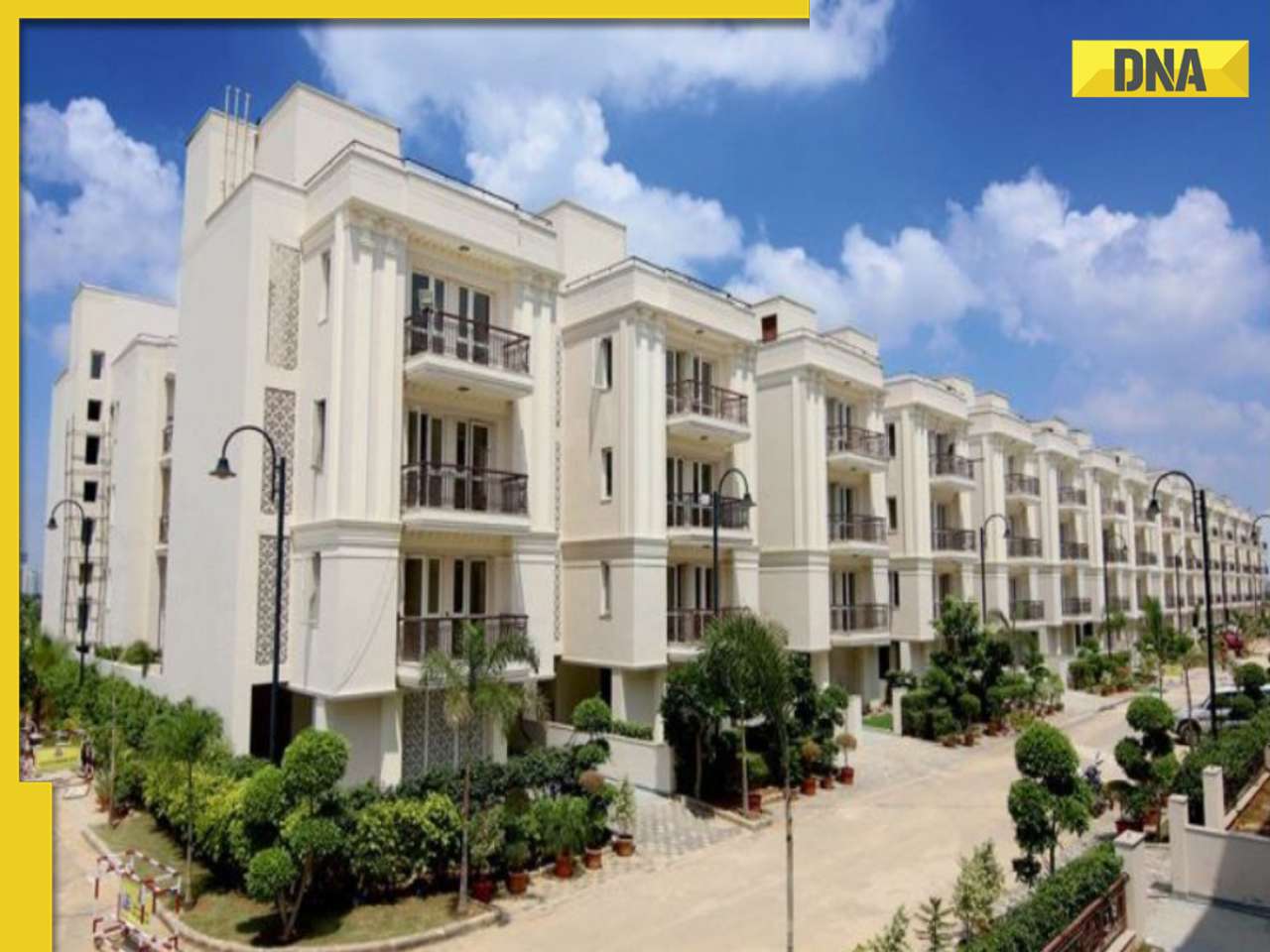



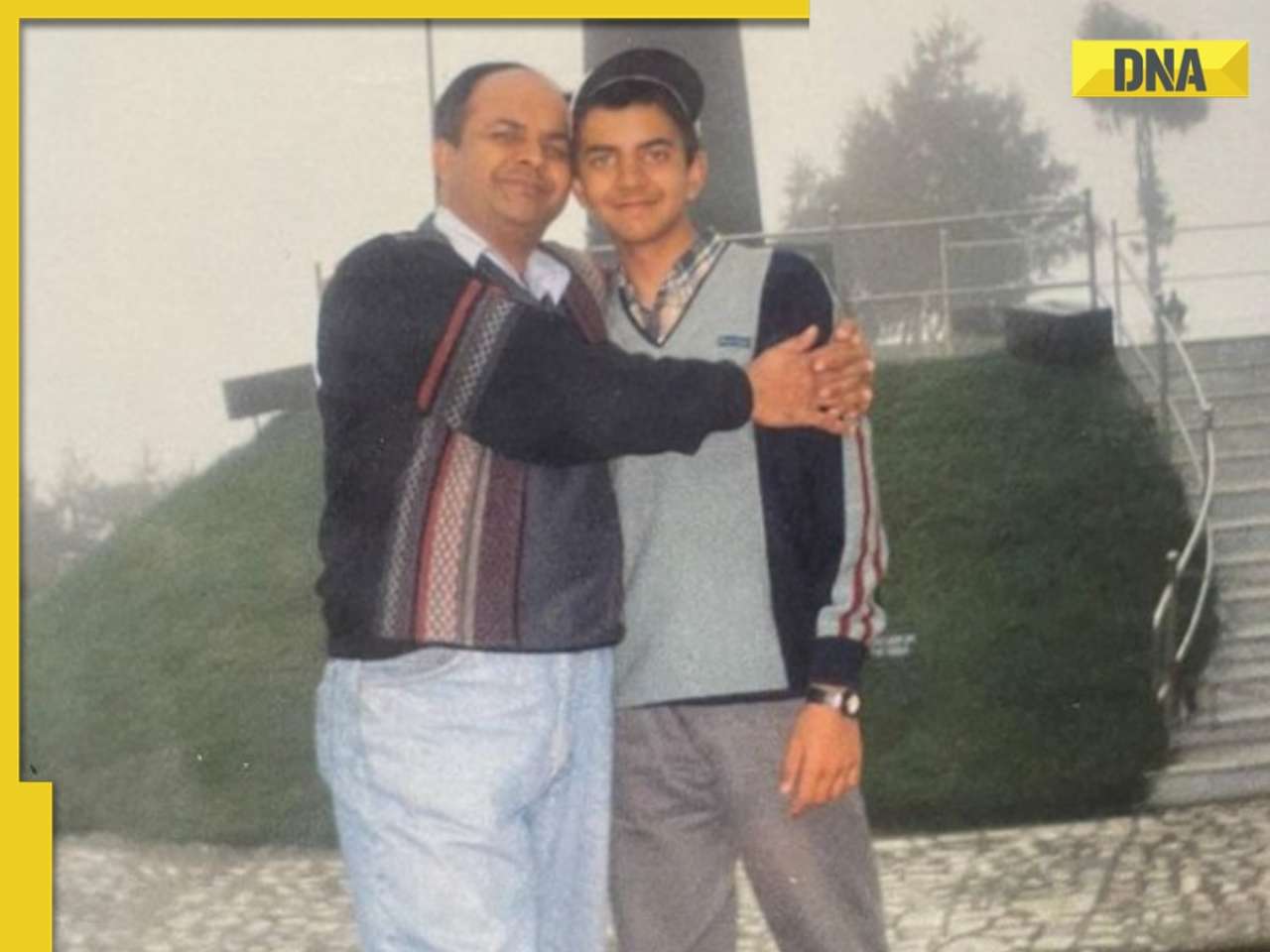





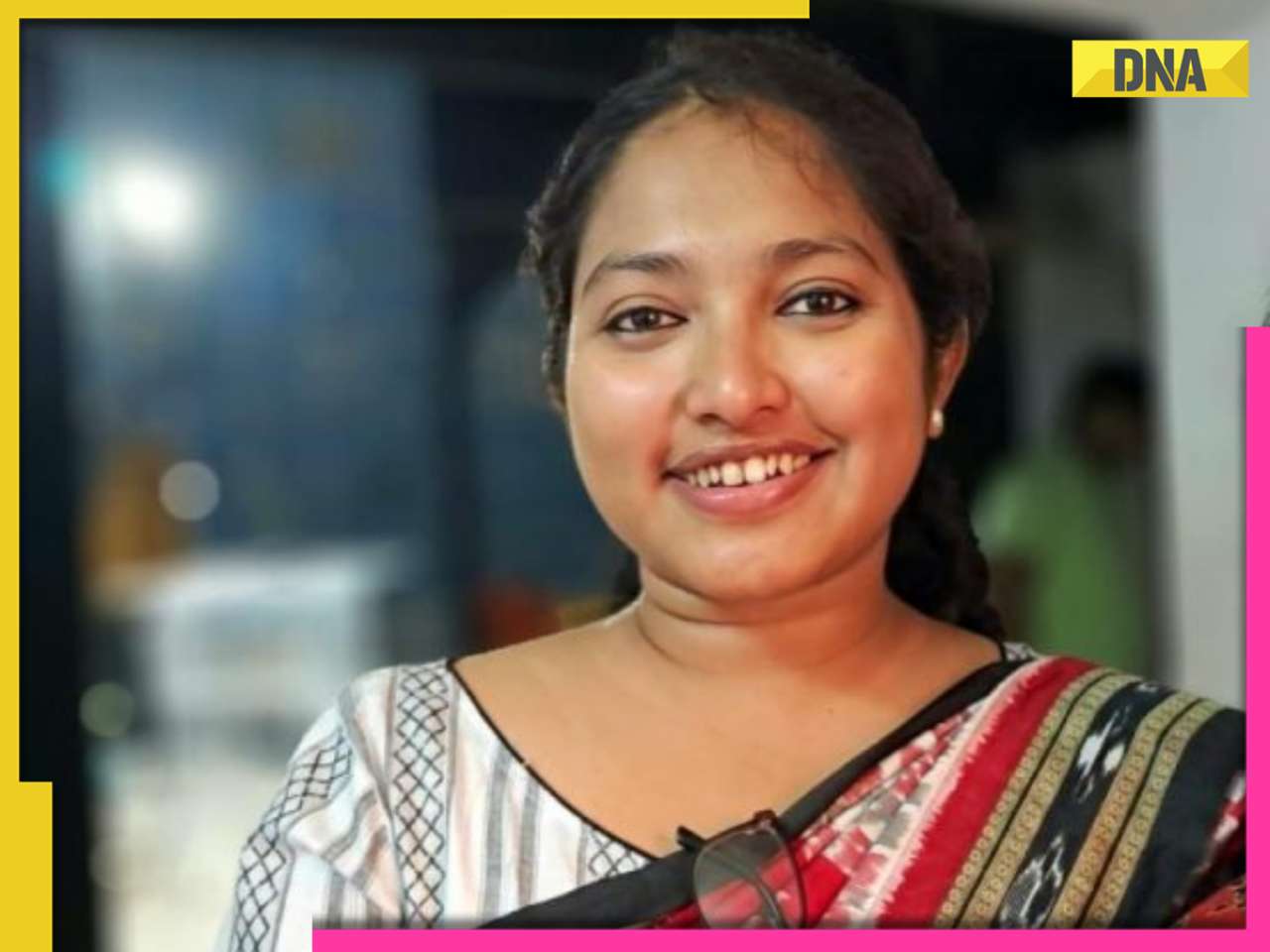

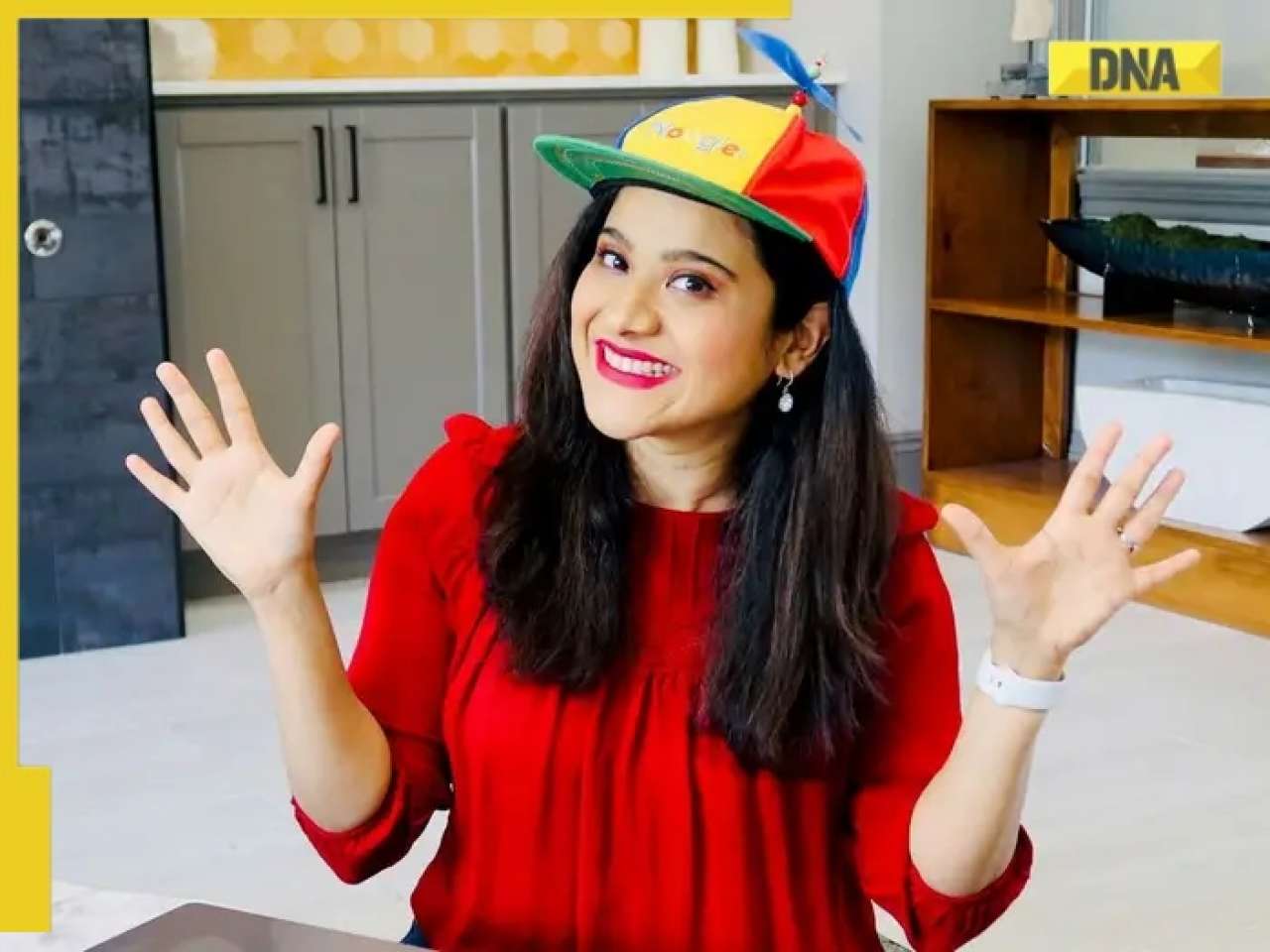































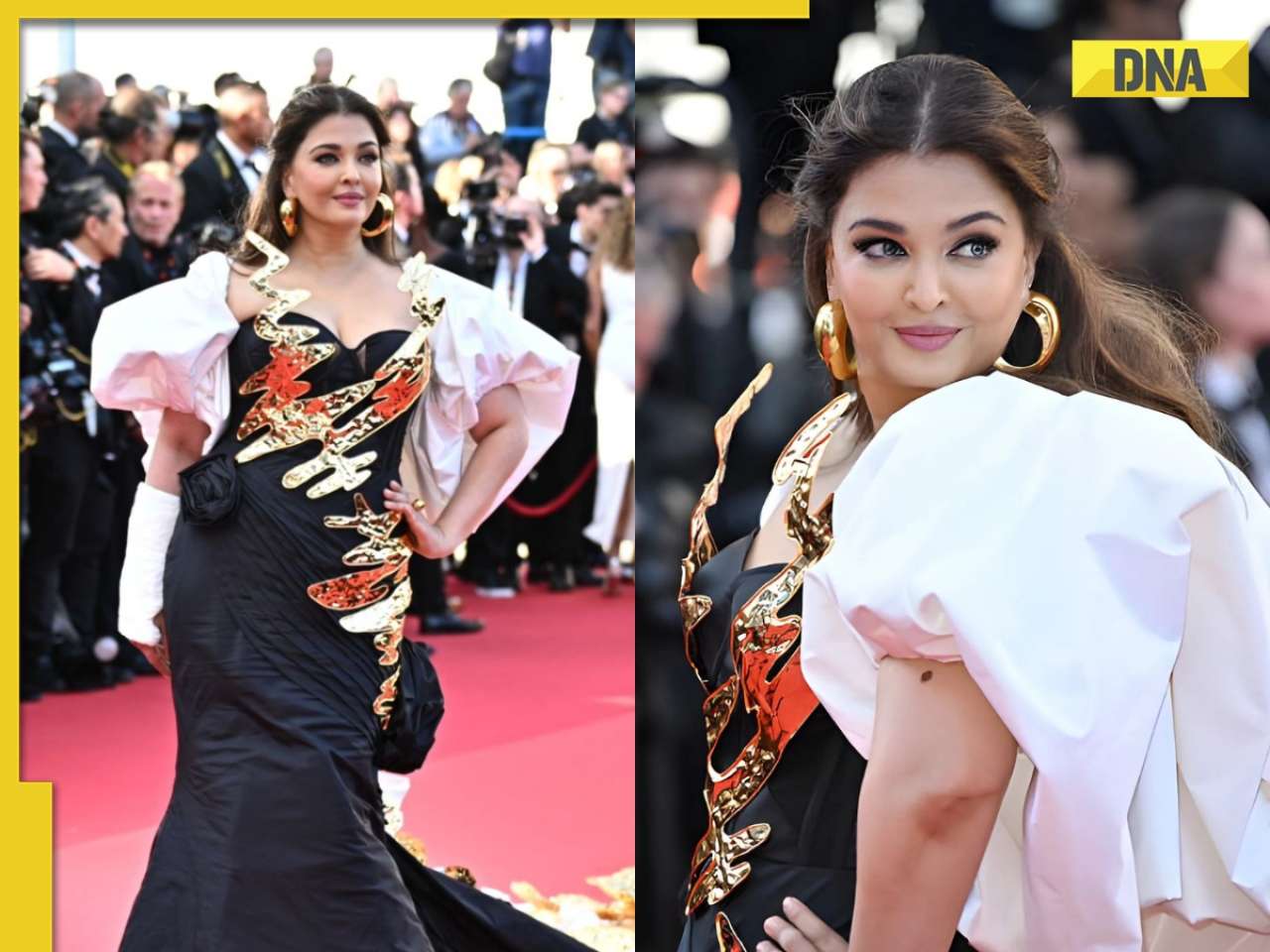
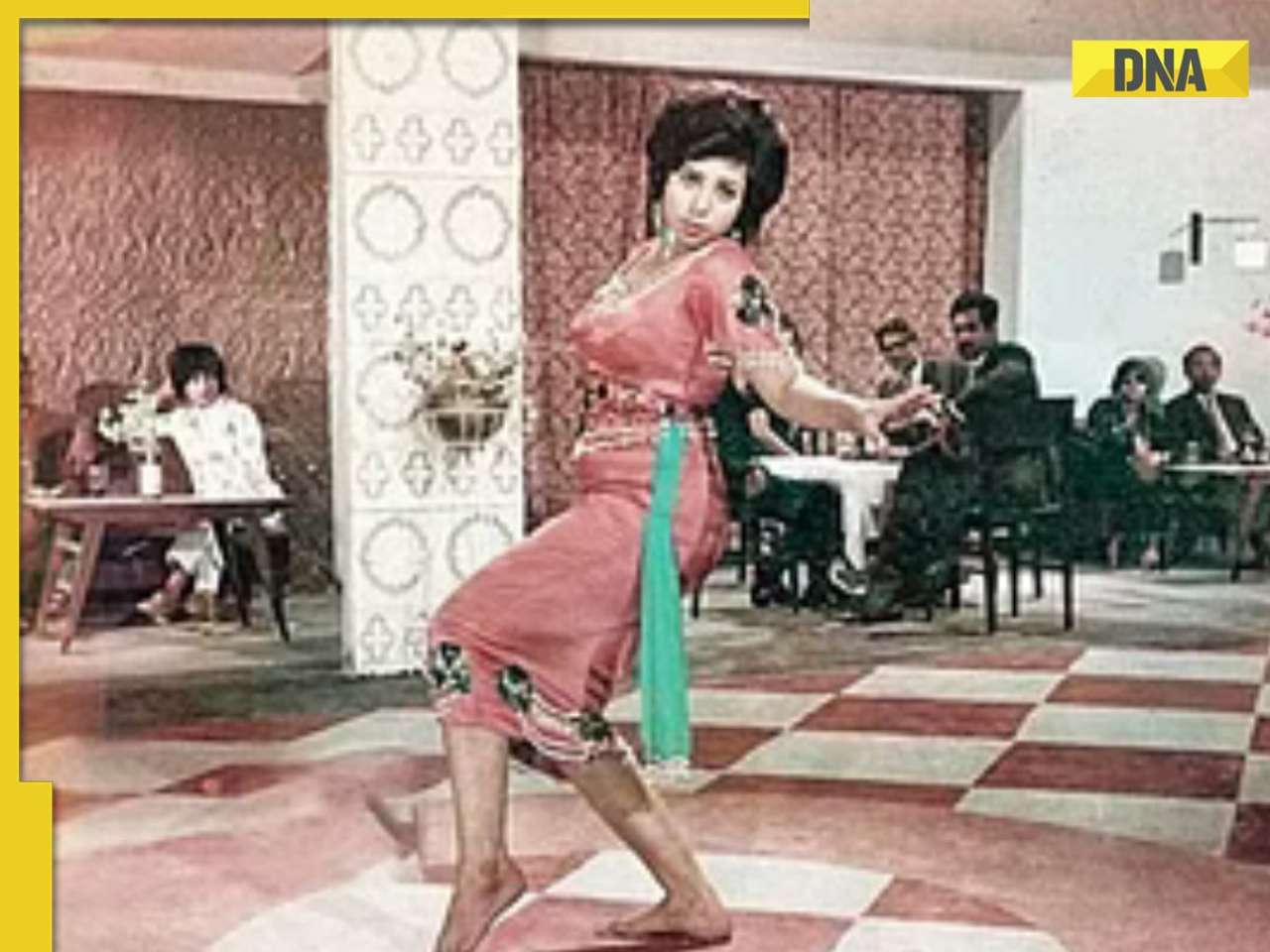








)
)
)
)
)
)